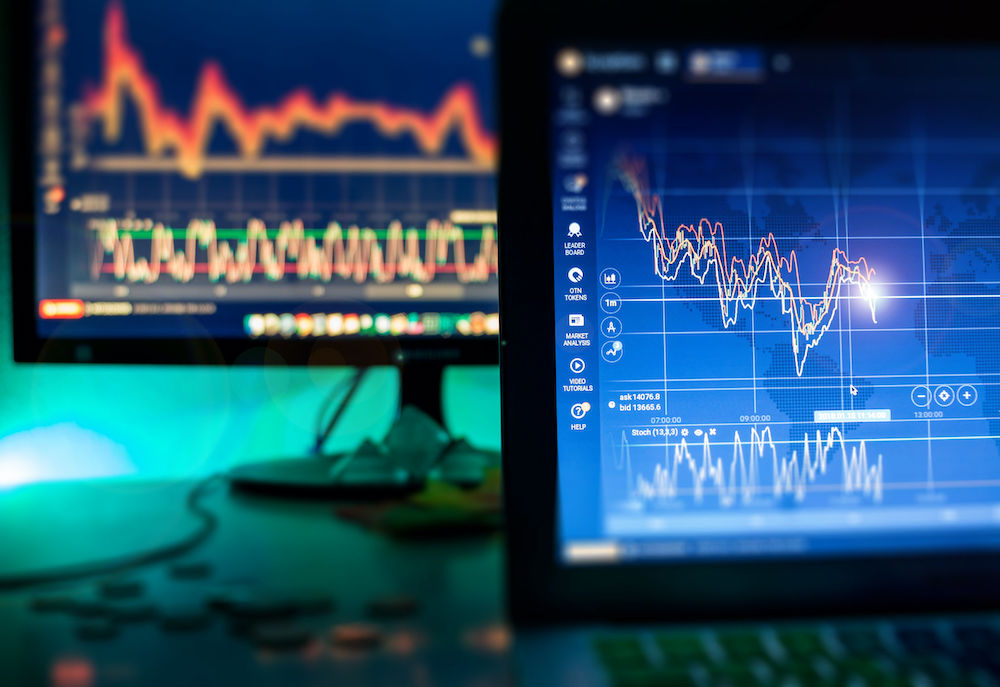In the fast-paced world of CFD (Contract for Difference) trading, strategic timing is a key element that can significantly impact the success of your trades. Maximizing gains in CFD trading involves a combination of technical analysis, market awareness, and well-timed execution. In this article, we explore the importance of strategic timing and provide insights into how traders can optimize their entry and exit points for maximum profitability.
**1. Utilize Technical Analysis:**
Technical analysis is a powerful tool for CFD traders seeking to identify optimal entry and exit points. Analyzing price charts, trend patterns, and technical indicators can offer valuable insights into potential market movements. Utilize tools such as moving averages, support and resistance levels, and oscillators to inform your decision-making process.
**2. Identify Trend Reversals and Continuations:**
Understanding the prevailing market trend is essential for strategic timing. Look for signs of trend reversals or continuations based on technical analysis. Identifying these patterns can help you enter trades at opportune moments, aligning your positions with the broader market direction.
**3. Pay Attention to Economic Indicators:**
Economic indicators and data releases can significantly impact CFD markets. Stay informed about key economic events, such as employment reports, GDP releases, and central bank decisions. Strategic timing involves adjusting your positions ahead of major economic announcements to capitalize on potential market movements.
**4. Monitor Market Sentiment:**
Market sentiment plays a crucial role in cfd trading. Pay attention to news, social media, and other sources that reflect the sentiment of market participants. Changes in sentiment can influence asset prices, presenting opportunities for well-timed trades.
**5. Set Clear Entry and Exit Points:**
Before entering a trade, establish clear entry and exit points based on your analysis and risk-reward ratios. Setting specific targets for profit-taking and predetermined stop-loss levels enhances your strategic timing by providing a structured approach to trade management.
**6. Time of Day Matters:**
Different financial markets exhibit varying levels of activity at different times of the day. Be mindful of the opening and closing times of major markets, as well as peak trading hours. Strategic timing involves aligning your trades with periods of increased liquidity and volatility for optimal execution.
**7. Be Aware of Overnight Risks:**
Overnight risk refers to the potential impact of market events or news releases during periods when the markets are closed. Assess and manage overnight risk by either closing positions before market closure or implementing risk management tools such as stop-loss orders to mitigate potential gaps in prices.
**8. Stay Flexible and Adaptive:**
Markets are dynamic, and strategic timing requires flexibility and adaptability. Be prepared to adjust your trading strategies based on changing market conditions, unexpected events, or new information. An adaptive approach allows you to capitalize on evolving opportunities.
**9. Combine Fundamental and Technical Analysis:**
Strategic timing is most effective when combining fundamental and technical analysis. Fundamental factors, such as economic data and corporate announcements, can complement technical signals, providing a more comprehensive view of market conditions and enhancing your ability to time trades effectively.
**10. Practice Continuously:**
Timing is a skill that improves with practice. Continuously practice and refine your timing strategies through demo trading or with smaller position sizes. Learn from both successful and unsuccessful trades to enhance your timing skills and develop a deeper understanding of market dynamics.
In conclusion, strategic timing is a cornerstone of successful CFD trading. By combining technical and fundamental analysis, staying informed about market events, and practicing continuously, traders can enhance their ability to enter and exit positions at optimal moments, ultimately maximizing gains in the dynamic world of CFD trading.


